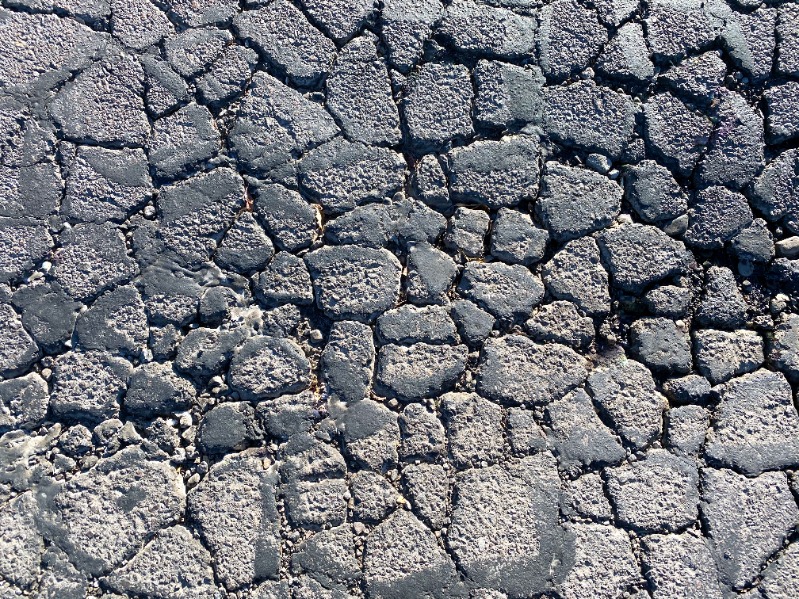Driveways are quite prone and susceptible to chipping over the years and this is often attributed to the freezing thaw cycles among other varying causes. The cracks are not a remarkable sight hence they necessitate repairs to ensure that the driveway remains in good and pristine condition. Repairing these cracks usually entails a complete replacement or simply resurfacing based on one’s preference and dedicated budget towards the task. This article shall therefore delve deep to elaborate and clearly outline what you should do to repair your driveway cracks.
Replacement
This involves a complete overhaul done by breaking the concrete slab and pouring a fresh one on the formed cracks and crevices. It is only recommended when you have the luxury of time and since it is quite expensive affair, you should be sufficiently prepared with a decent budget to ensure that you are not overly strained when you opt for this method. On the other side, it leaves a huge mess hence requiring a lot of cleaning afterward rendering it quite labor intensive and only ideal when you are readily prepared to encounter all these sorts of obstacles.
The various steps involved in a replacement include removing the existing driveway and thoroughly cleaning the distinct pieces followed by ground preparations for the pouring of the new slab.

The driveway should be without cracks, does yours need a repair?
This overhaul also includes control joints and the requisite steel reinforcement to ensure that the driveway is sturdy enough the average cost is usually around $5 per square foot making it a very costly affair, which normally digs deep into your pockets. Experts have opined that it is completely sensible to have a new driveway installed and to incur the exorbitant costs associated with the project but conversely; it could be deemed misguided to do so if your driveway is in a decent shape bar some few cracks here and there.
Resurfacing
Many professionals in this field recommend this endeavor. It entails a repair of the spalled and worn driveway and some of its benefits is that you still get to retain the existing driveway and it is not as costly as the aforementioned driveway replacement. More so, it requires less time and it could also be a DIY undertaking, which can even be completed in a single day making it even more favorable. Resurfacing is generally recommended for cracks that go deeper by less than a quarter of an inch. The task usually commences by removing the debris using a screwdriver and a regular brush to clean the specific area. A whiskbroom is then employed to tidy the area followed by washing the driveway with a pressure washer.
After this, add some degreaser and cleaner to the machine and neatly spray it on the surface. This step is subsequently followed by thoroughly cleaning the surface and the use of a high-pressure nozzle could simplify this task. The concrete resurfacer is then mixed with water and it is advisable to ensure that the resulting patching material has a very thick consistency. The mixture is then poured into the cracks and a trowel is employed to guide the mixture well deep into the cracks closely followed by smoothening the surface for a well-pleasing and aesthetically satisfying work. This is allowed to dry properly preferably overnight before finally mixing some much thinner mixture of the concrete resurfacer which is applied on the wet surface of the concrete to ensure that it dries accordingly.
As the thin resurfacer is evenly spread on the wet concrete surface, it is advisable to ensure that there is a decent coat without overlapping marks hence application using a rubber squeegee can always suffice. This is concluded by texturizing the surface with a broom to prevent the odd slip that is usually accustomed to such surfaces. This is achieved whilst incurring fewer expenses and further by expending less effort and using less time to have a good well-repaired driveway that can bear foot traffic six hours after completion and cars driving comfortably on the surface twenty hours afterward.
After completing this project and doing a relatively satisfactory job, make sure that you clean the tools using some warm soapy water as this ensures that the patching materials and fillers do not set on your materials permanently. Briefly, this article has exhaustively discussed this question without leaving much room for inference hence you stand to be properly guided. However, in case of any blurry areas, do not hesitate to liaise with an experienced professional to ensure that you get some solid advice before venturing into any undertaking.
